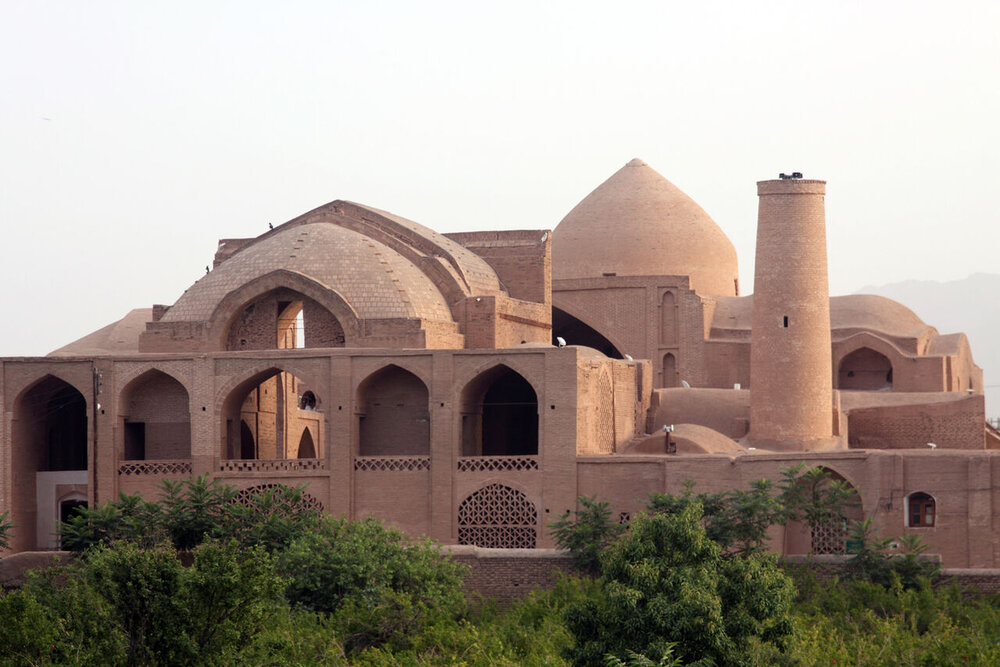80 sites in Ardestan in line for excavation

TEHRAN – A total of 80 ancient sites, scattered across Ardestan county in central Iran, need to undergo archaeological excavation, the Ardestan tourism chief said on Sunday.
It is necessary to develop appropriate plans to explore the historical sites across Ardakan examining them in terms of archaeology and human civilization, Mehdi Mashhadi said, IRNA reported.
Elsewhere in his remakes, the official referred to the Jameh Mosque of Ardestan, which is one of the earliest Islamic structures in central Iran, saying the monument will be put forward for a possible registration on the UNESCO World Heritage list.
Located in Isfahan province, the two-story hypostyle mosque has a four-portico (iwan) courtyard surrounded by encircling arcades. The place of worship is part of larger premises that also include other mudbrick structures such as a cistern, a caravanserai, a marketplace, a bathhouse, and a madrasa.
Ardestan is located at the southern foothills of the Karkas mountain chain in Isfahan province. It is believed the city has been founded in Sassanian times and was strongly fortified in the 10th century.
The first well-documented evidence of human habitation in the Iranian plateau is in deposits from several excavated cave and rock-shelter sites, located mainly in the Zagros Mountains of western Iran and dated to Middle Paleolithic or Mousterian times (c. 100,000 BC).
From the Caspian in the northwest to Baluchistan in the south-east, the Iranian Plateau extends for close to 2,000 km. It encompasses the greater part of Iran, Afghanistan, and Pakistan west of the Indus River containing some 3,700,000 square kilometers. Despite being called a “plateau”, it is far from flat but contains several mountain ranges, the highest peak being Damavand in the Alborz mountain range at 5610 meters, and the Dasht-e Loot east of Kerman in central Iran falling below 300 meters.
AFM
